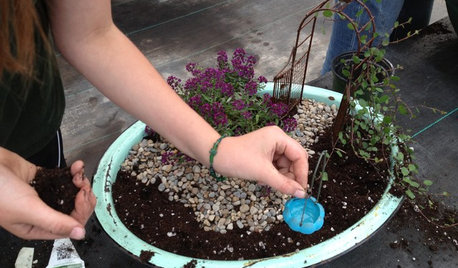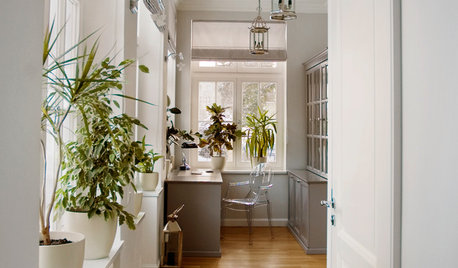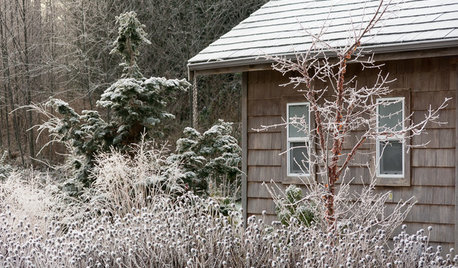Help for parched figs using pine-bark potting mix
girlfromthegarden
17 years ago
Related Stories

HOUSEPLANTSPlay Up Some Fiddleleaf Figs for a Lively Indoor Tune
Strike a dramatic chord in a minimalist scene or a country note in a rustic setting — fiddleleaf fig plants harmonize with any style
Full Story
PETS6 Ways to Help Your Dog and Landscape Play Nicely Together
Keep your prized plantings intact and your dog happy too, with this wisdom from an expert gardener and dog guardian
Full Story
GARDENING GUIDESVegetables and Flowers Mix in Beautiful Edible Gardens
Ornamentals, meet your edible garden mates. We know you'll get along just beautifully
Full Story
CONTAINER GARDENSContainer Gardening Basics: The Dirt on Soil
Learn the types of potting soil available and the best mixes to help your containers thrive
Full Story
GARDENING GUIDESGardening Fun: Plant a Fairy Garden
It’s hard not to be captivated by the charm of a miniature garden in a pot. Here’s how to make one of your own
Full Story
HOUSEPLANTSHow to Create an Indoor Landscape
Apply principles and elements of design to help your indoor garden flourish
Full Story
EARTH DAY5 Ideas for a More Earth-Friendly Garden
Consider increasing the size of garden beds, filtering rainwater and using plants to reduce energy use
Full Story
WINTER GARDENINGLook Beyond Plants for a Wonderful Winter Garden
Use sculptures, fences and other structures to draw the eye to a bare-bones landscape
Full Story
EARTH DAYGrow a Beautiful Garden With Ecofriendly Greywater
Reducing home water waste means lower bills and a healthier planet. Here's how to set up a greywater home irrigation system that can help
Full Story
MIDCENTURY HOMESMy Houzz: Palm Springs Inspiration in Dallas
Midcentury furniture mixes with new handmade pieces and local art in a Texas couple's 1961 home
Full StorySponsored
Custom Craftsmanship & Construction Solutions in Franklin County



mountainman0826
bjs496
Related Discussions
Shredding Pine Bark Mulch for potting medium
Q
Treating Radiata Pine bark for potting mixes
Q
Pine bark in potting mix?
Q
Which Farfard soil mix as a proxy to Pine Bark Fines?
Q
girlfromthegardenOriginal Author
gorgi
leon_edmond
girlndocs
mountainman0826
tapla (mid-Michigan, USDA z5b-6a)
bjs496
eukofios
girlfromthegardenOriginal Author
girlfromthegardenOriginal Author
eukofios
elder
girlfromthegardenOriginal Author
eukofios
eukofios